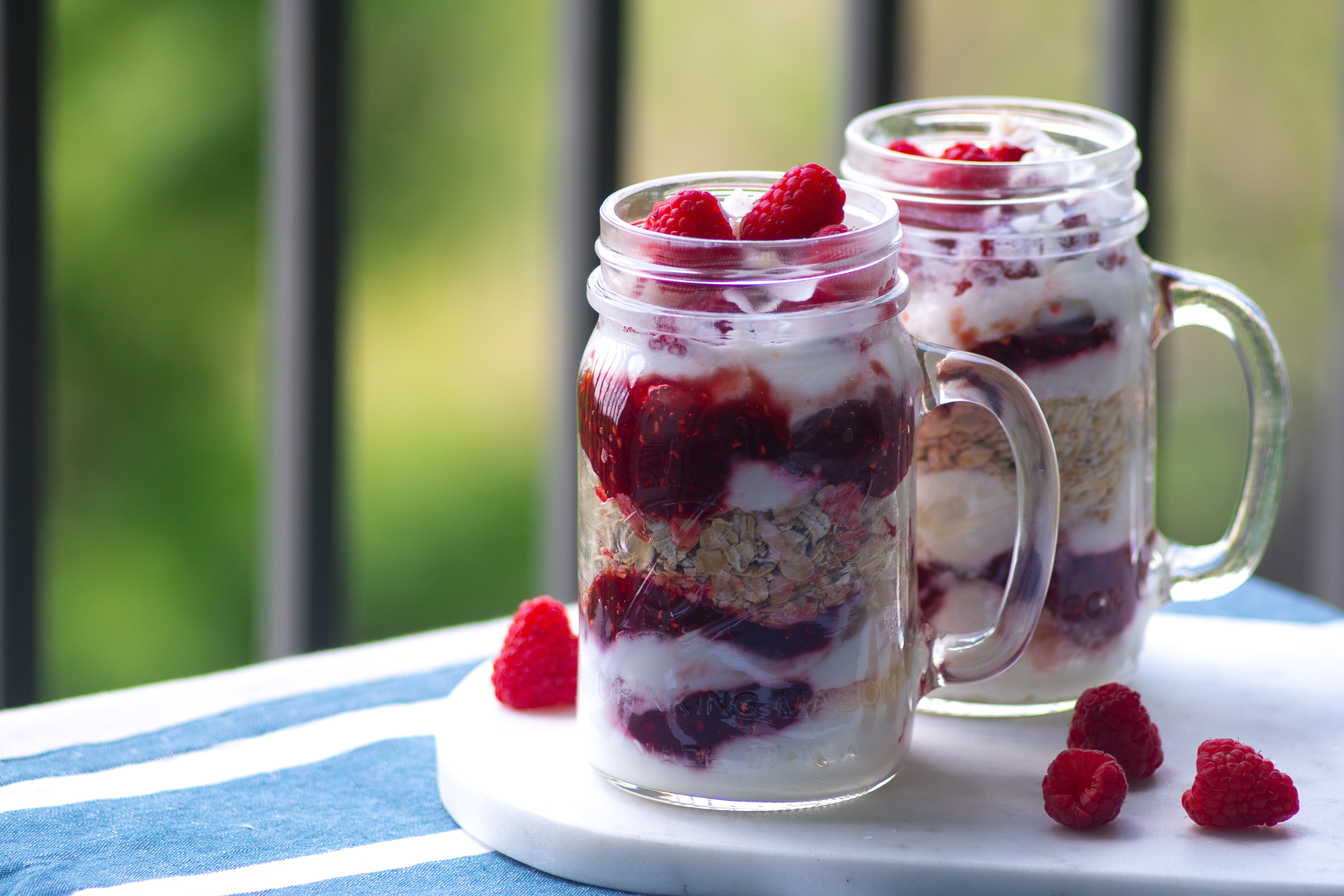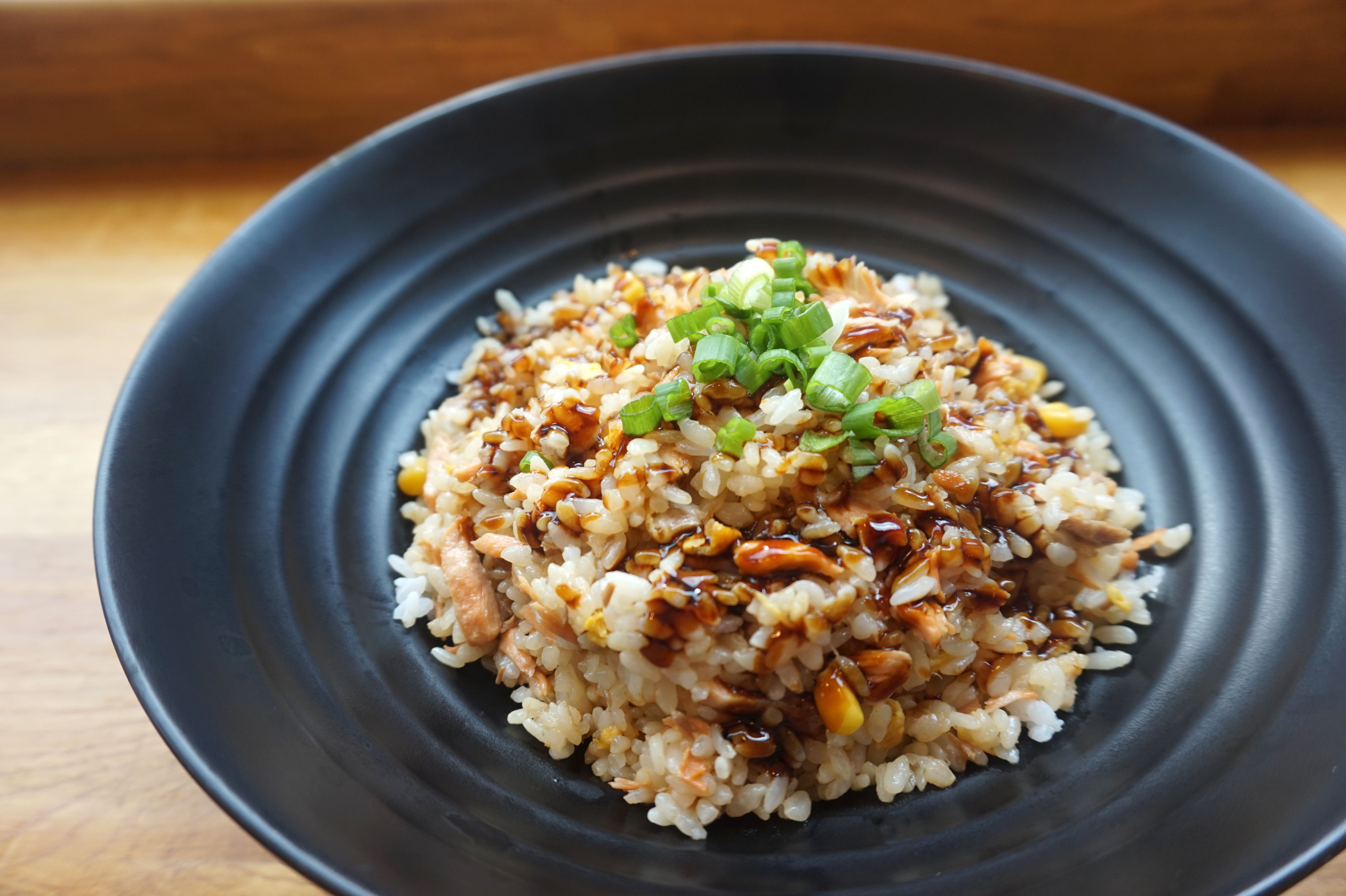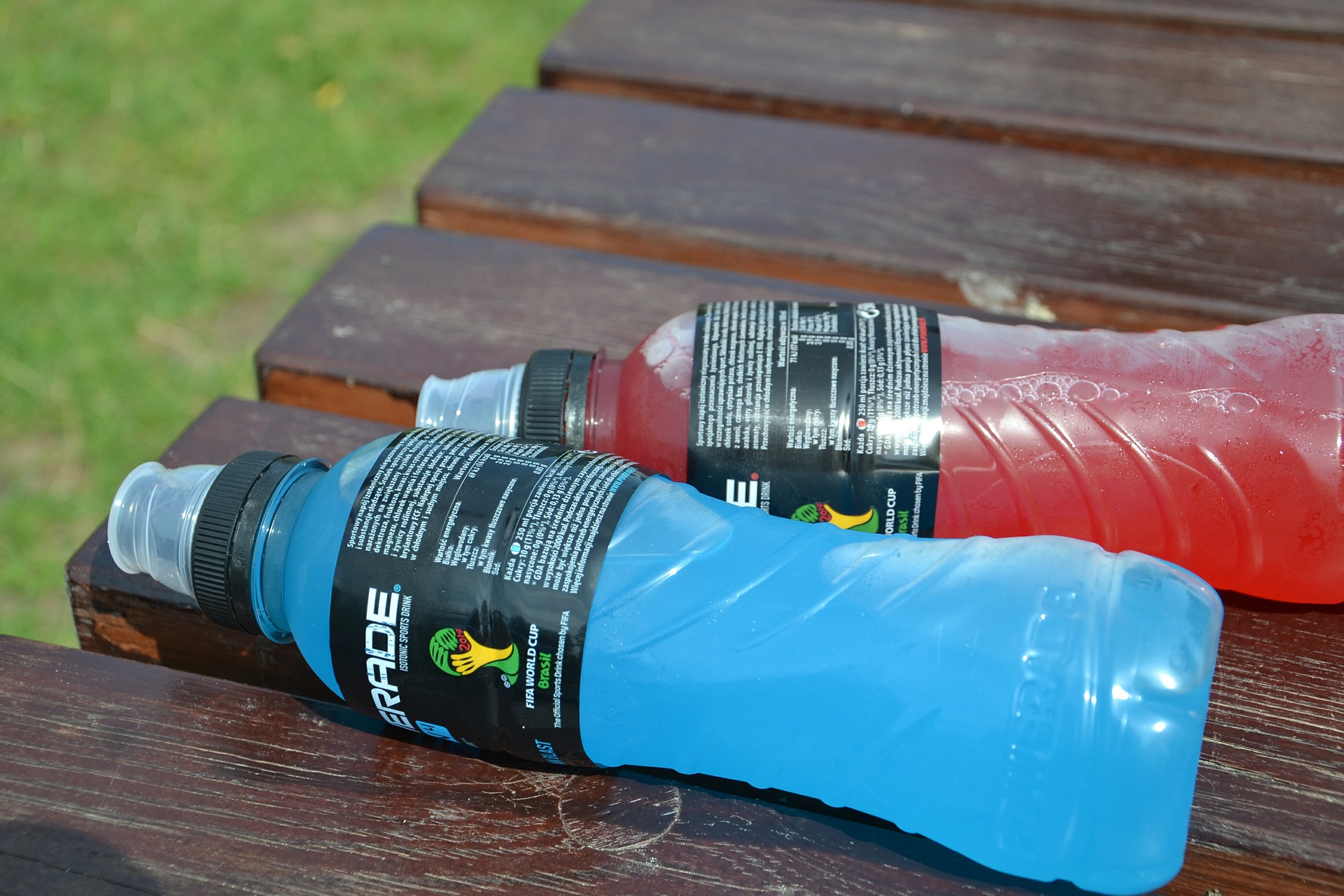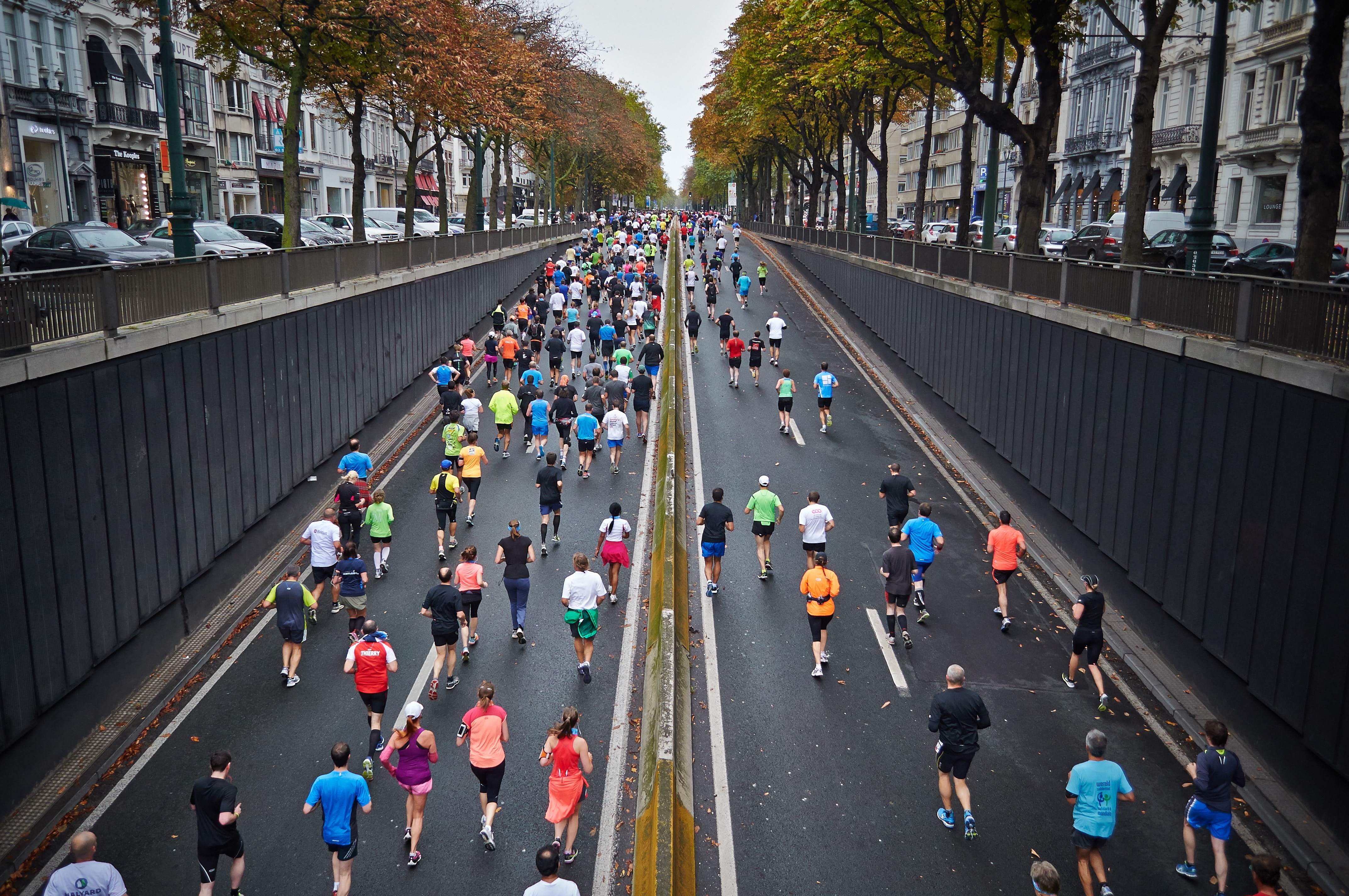Whether you’re a serious athlete or an occasional jogger, fuelling for your run is paramount not only to your progress but to your overall health. Unfortunately, what you eat and when isn’t quite as straightforward as you might have hoped.
A recreational runner is not going to benefit from the same food plan as someone training for a marathon and similarly not fuelling properly during marathon training is going to hinder your progress.
Dr Brendan Egan, Associate Professor of Sport and Exercise Physiology in the School of Health and Human Performance at Dublin City University, talks about the importance of fuelling for the work performed.
Running in the morning
We know how it is, you just about drag yourself out of bed an hour or so earlier than necessary and somehow make it out into the crisp, dusky morning. You drag your feet along the ground as you build up to run while assuring yourself that it’s worth it and your health will thank you for it. But what if your morning workout is doing more harm than good?
Dr Egan says fuelling for your run in the morning depends on the intensity and the duration of the run.
“If someone is going out for something like half an hour at a gentle to moderate intensity then I don’t think there’s a great need to be fuelling up in the classic sense.”
When it comes to longer runs or a higher intensity workout like HIIT, you need to fuel beforehand, Dr Egan says.
“In the early morning, that brings up its own issues. When you fuel for any form of exercise you need a bit of time for that food to digest and for the stomach to empty.”
Ideally, you should have something to eat an hour before your high-intensity run. Practically, this would mean getting up even earlier. For a lot of people, this isn’t an option. Dr Egan suggests doing intense workouts in the evening and gentle workouts in the morning.
Bountiful Breakfasts to Keep You Going: “Eat, Race, Win”
But why is it so important to fuel?

The main issue, according to Dr Egan, is that you won’t get the most out of your session.
“When we talk about why we train and how we gain fitness it’s because we push the body beyond its current level of fitness or ability. That’s what would be taking place if you’re doing an intense workout. If you’re not fuelled well for that then you don’t perform to the level you need to perform and don’t get as much out of training.”
The bigger problem, Dr Egan says, is people often don’t refuel properly after a run. Having a slice of toast and then not eating again until lunch is not good for recovery. Recovering well is important in building fitness and reaching your long-term goals.
An ideal post-run snack in the morning is overnight oats, a high protein yoghurt and some berries, according to Dr Egan. Rehydrating is also key – a rule of thumb is that you need an extra litre of fluid for every hour of exercise activity.
Protein shakes are an option and definitely better than nothing, he says. They are a very convenient way of refuelling but he stresses they are not a complete recovery meal.
“There are a lot more beneficial nutrients in whole food than there are in a protein powder… I would definitely say food first if possible.”
What exactly and when should you be eating beforehand?

Ideally, two hours before a run you should have a carbohydrate-based meal. This meal should consist of about 60% calories from carbohydrates, 20% from protein and 20% from fat.
If you usually do long or intense runs or are training for an endurance race like a marathon, a good rule to follow is one to two grams of carbohydrate per kilo of bodyweight in that pre-training meal. So, for a person weighing 80 kilos, you should be eating 80-160 grams of carbohydrate that meal.
Where did all this maths suddenly come from? Don’t worry. You don’t need to whip out your calculator just yet. There are plenty of websites and apps, like the app MyFitnessPal, where you can input your food and the app will simply tell you the ratio and the number of grams of each macronutrient in your meal.
Oats, potatoes, rice, pasta, quinoa, couscous and millet are some example Dr Egan gives as good carbohydrate choices to base your meal around. If your meal is going to contain meat, Dr Egan suggests white meat or fish, such as chicken, turkey, cod and so on.
“Often times people are afraid they’re going to under fuel for these types of performances but the body’s quite resilient. I think the biggest mistake that people make is that they over fuel.”
In the meal, just before a run, you should limit how much fruit or vegetables you eat. These are high in fibre which can slow digestion. This, in turn, could result in a stitch, fatigue and general discomfort.
Similarly eating too close to your run can do the same thing, as can eating a meal too high in fat or protein as these are digested slower than carbs.
A basmati rice and chicken dish with a tomato sauce or that style of a meal are what Dr Egan suggests.
Practically speaking you might not always have the time for a proper meal before every run. A snack one hour before training is ok too. Once again it should be carbohydrate based. Think eggs on brown toast or nut butter on rice or corn cakes.
Just be careful not to overeat. Dr Egan really emphasises the idea of fuelling for the work performed so don’t eat like a marathon runner if you’re training for something shorter.
“Often times people are afraid they’re going to under fuel for these types of performances but the body’s quite resilient. I think the biggest mistake that people make is that they over fuel.”
Drinking too much fluid, eating too much food or having too many gels around and during races can lead to stomach cramps, gut issues and feeling lethargic, Dr Egan says.
Shin Splints: Prevention and Treatment for Runners
What about after a run?
“All nutrition pre, during and post training is important but in terms of getting the most out of training post-exercise nutrition is the most important factor.” Dr Egan says.
It is the recovery process that builds and improves fitness. “Recovery is where the adaptations of training take place. The body’s growth and repair processes are switched on after a training session. That’s how the body gets fitter and stronger.”
He says that within 30 minutes of your workout you should have either a meal or a snack, ideally one that contains a source of good quality protein and a variety of colourful fruit and vegetables. Some experts believe that the ability to rebuild glycogen and protein is enhanced after you exercise.
Within two hours of your run, you should have the other of the two, i.e. a meal if you had a snack directly after or a snack if you had a meal directly after.
Is food enough?

Should you be supplementing with sports gels and drinks during your run? There are different schools of thought on this matter, according to Dr Egan.
Some experts say that if you’re training for a race where you plan on using gels or drinks it is good to incorporate that into your training routine. That way you are training your body and stomach to use the type of food you’re going to have in the race.
“The optimal recommendation around carbohydrates during a run like that is around 60 grams per hour of carbohydrate and typically around a litre of fluid per hour.”
Gels are usually 30 grams of carbohydrates, so you’re talking about a gel every half an hour, along with a litre of water spread throughout the hour such as 4 to 6 mouthfuls every 15 minutes.
Sports drinks are often formulated to provide the right amount of carbohydrates and fluid i.e. in a litre of a sports drink there is usually 60 grams of carbohydrate.
For mild to moderate intensity runs less than an hour or so gels aren’t necessary.
Is all that sugar ok, though?
“One of the only things that most people can agree on when it comes to diet is that we shouldn’t be having a large intake of sugar.”
Dr Egan emphasises that sports gels and drinks are designed for marathon and endurance activities, not short runs. Elite and high performing athletes will burn off the high sugar straight away.
“The body, when it’s doing a lot of very intense exercise, burns off that sugar very quickly.”
Dr Egan himself looks after the nutrition of a variety of sports teams and athletes. His strategy is to only use gels and drinks during matches and competitions and not during regular training sessions.
So, it’s all about the carbs, right?
Not necessarily. The other school of thought on this matter is so-called “fat adaption training”.
“In that type of scenario rather than eating a high carbohydrate diet and using sports gels and the likes, you do a lot more fasted and low-carbohydrate training. The idea is that that trains the body to be better able to use fat as a fuel, therefore less reliant on carbohydrate as a fuel.”
This relatively recent strategy is still being researched. So far, the opinion among experts is that fat adaption training is best for ultra-endurance sports or can work for long duration, lower intensity activities like hiking.
In low to moderate intensity exercise, the body better uses fat as a fuel. So, fat adaption training is not as effective for higher intensity activities.
“For runs that are anything less than a couple of hours at a fairly decent intensity I still think the carbohydrate-based fuelling is the way to go based on what we know at the moment.”
Fat adaption training is not the same as the ketogenic or keto diet that has gained a lot of popularity recently. In the keto diet, you consume about 75%-80% of your calories from fat, a maximum of 10% from carbohydrates and the rest from protein.
Dr Egan says keto is a more extreme version of fat adaption training. Athletes engaging in fat adaption training eat a balanced diet most of the time and just train in the fasted state, or restrict carbohydrate intake in the hours after training.
An important point about fat adaption training is that it can take one to two years for your body to fully adapt. During that time Dr Egan emphasises, you should be supervised by a nutritionist or dietitian.
Experts’ knowledge of fat adaption training is constantly growing as it is a relatively new concept but for now, unless you are an ultra-endurance athlete, a high carbohydrate diet is the best bet in conjunction with your training programme.
“For runs that are anything less than a couple of hours at a fairly decent intensity I still think the carbohydrate-based fuelling is the way to go based on what we know at the moment.” Dr Egan says.
UTMB: Everything You Need to Know
It’s almost time for the big race, should you be doing anything else?

Carbohydrate loading is a strategy developed for marathon running which aims to maximise glycogen stores in the muscles and liver.
“Carbohydrate loading usually involves two to three days of a very high carbohydrate intake on those days.” This occurs at the time you should be tapering off training. Training declines and carbohydrates per day increase resulting in a “supercompensation” of the fuel stores in your muscles.
“In the classical carbohydrate loading model, it could be as much as 10 grams of carbohydrate per kilo of body mass per day, but there are very few scenarios where this is called for”
Dr Egan talks about the importance of fuelling for the work performed again. He says that for races less than a marathon upping your carbohydrate intake isn’t necessary until the 24 hours before. He recommends five to eight grams of carbohydrate per kilo of body weight per day in that case.
Check out our Hard as Nails podcast:
Like this? Check these out:











